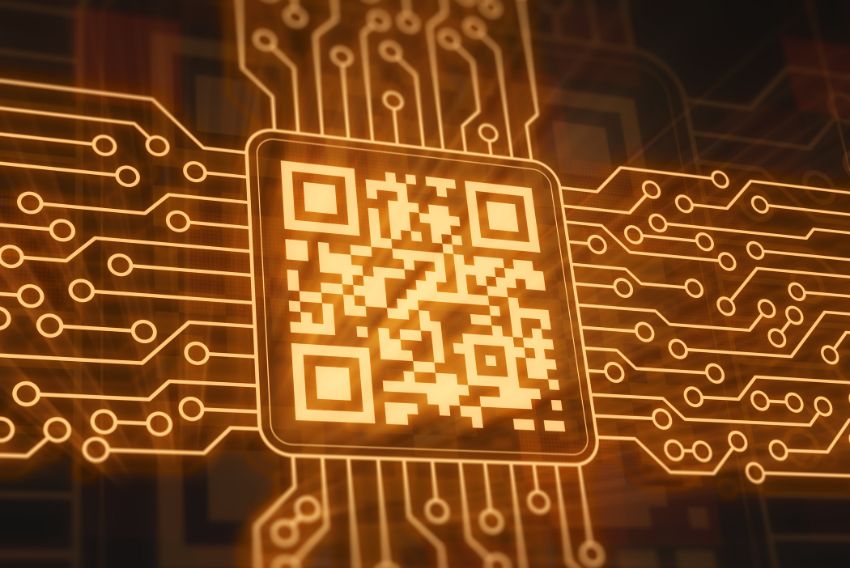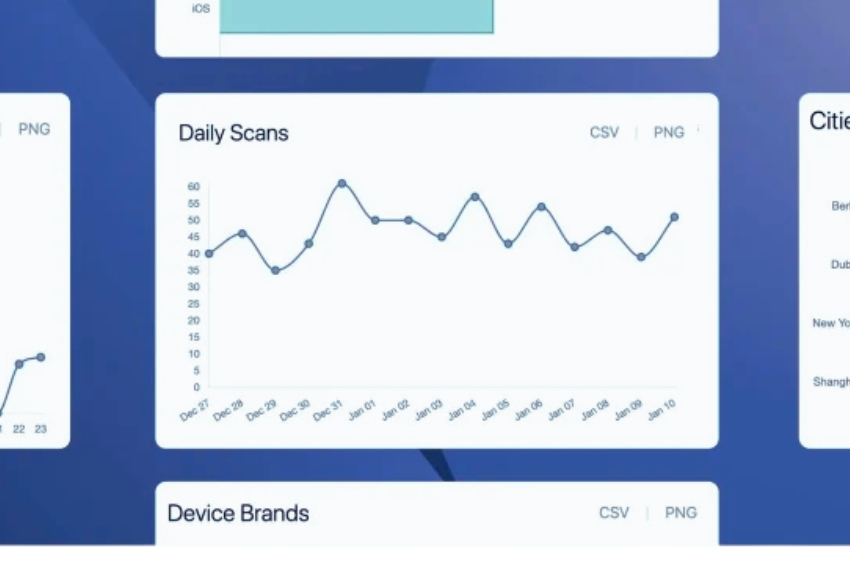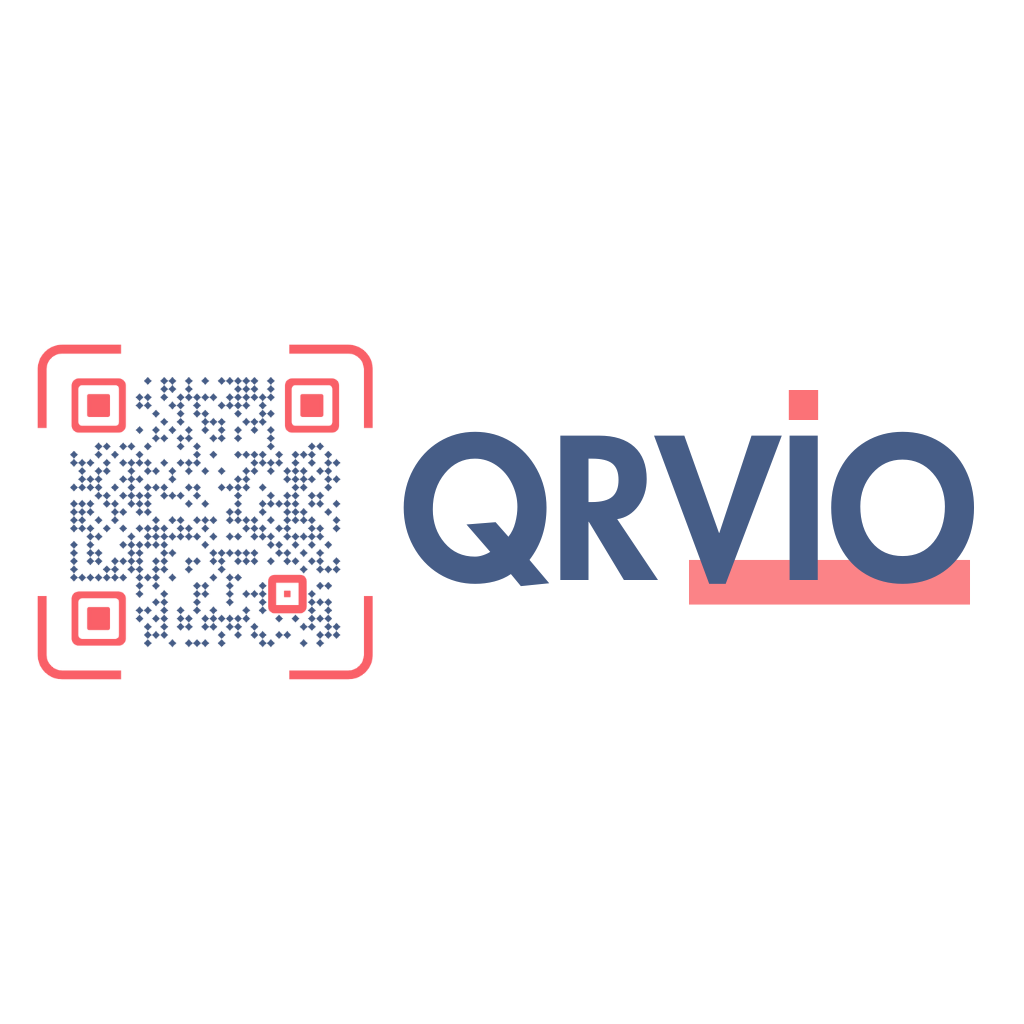Top 7 Must-Know Benefits of QR Code with Analytics

QR code with analytics is no longer a futuristic idea—it’s a must-have tool in modern marketing, customer engagement, and data tracking. From product packaging and restaurant menus to event promotions and business cards, QR codes have become a staple in how we connect the physical world with the digital one. But what sets a basic QR code apart from a smart, data-driven one? The answer lies in QR code analytics.
Using a QR code with analytics enables you to track every scan, understand user behavior, and fine-tune your strategies based on real insights. In this guide, we’ll explore the top 7 benefits of using analytics-enhanced QR codes, and why every business—regardless of size or industry—should be leveraging them.
1. Real-Time Scan Tracking
1.1 Why It Matters
One of the most powerful benefits of using a QR code with analytics is real-time tracking. The moment a user scans your code, the system logs critical data, allowing you to monitor engagement as it happens. This includes total scans, unique scans, and timestamps.
For instance, if you’re running a campaign during a weekend sale, real-time data helps you see which time slots generated the most interest. You can immediately adjust your promotions or reallocate resources based on actual traffic patterns.
1.2 How It Works
Analytics-enabled QR codes are often dynamic, meaning the destination URL is hosted on a server that logs each scan before redirecting the user. This process doesn’t affect user experience but provides invaluable backend data.
2. Geolocation Insights
2.1 Understand Where Engagement Happens
With advanced tracking, you don’t just see that someone scanned your code—you see where they scanned it. Most QR code analytics platforms log data on countries, cities, and even GPS coordinates when available.
This is especially useful for multi-location businesses or regional campaigns. A restaurant chain, for example, can determine which locations are seeing the most customer interactions and adjust their advertising spend accordingly.
2.2 Segment Your Audience by Region
Knowing your audience’s location allows for better targeting. You can localize offers, translate landing pages, or display region-specific promotions—all based on geolocation data provided by the scan history of your QR codes.

3. Device and Operating System Breakdown
3.1 Optimize for the Right Platforms
Analytics can reveal whether users are scanning your QR code using Android, iOS, Windows, or other platforms. You can also see what device brands and browsers are most common.
Why does this matter? Let’s say 80% of your traffic comes from iPhone users. That insight can influence how you design your mobile landing page, ensuring compatibility and optimal performance for that audience.
3.2 Technical Performance Insights
Understanding browser data helps identify potential rendering issues. If users drop off after scanning, it may not be the content—it could be the way your page loads on their browser. QR code with analytics gives you that transparency.
4. Peak Engagement Times
4.1 Know When Your Audience Is Most Active
Another overlooked benefit of QR code analytics is the ability to track when scans occur. Are users more active in the mornings or evenings? On weekdays or weekends?
These time-based insights help you align your marketing pushes with actual behavior. For example, if scans spike between 5 p.m. and 8 p.m., that’s your optimal window for running ads, sending email campaigns, or launching flash deals.
4.2 Align Timing with Conversions
Marketing isn’t just about being seen—it’s about being seen at the right moment. QR code scan timing data helps you align campaigns for maximum conversion rates and engagement.
5. Enhanced A/B Testing
5.1 Test and Compare Campaigns Easily
QR codes with analytics allow for real A/B testing. You can generate different codes for each version of a flyer, email, or product package and compare their performance side by side.
This granular insight lets you identify what messaging, design, or call-to-action generates more scans and engagement. It’s a fast, low-cost way to optimize marketing efforts without guesswork.
5.2 Iteration Based on Data
Once you know which version performs best, you can quickly iterate or replicate it across channels. The ability to adjust based on live data is a game-changer for agile marketing teams.
6. Integration with Marketing Platforms
6.1 Unified Data for Better Decisions
Many QR code analytics tools offer integrations with CRMs, email marketing platforms, and customer databases. This means scan data can feed directly into your larger analytics and reporting systems.
For example, if a user scans a QR code on a printed catalog, the system can log it as a lead, tag it with location info, and trigger an automated email follow-up—all from a single scan.
6.2 Build Smarter Funnels
By tracking which QR code a user interacted with, you can customize their journey. A user who scanned from a packaging label might get different content than someone who scanned from a web banner or event pass.
This segmentation helps build smarter funnels, increasing both personalization and conversion rates.
To experience QR code analytics in action, start by generating your code with a free generator that supports dynamic tracking.
7. Editable and Dynamic QR Codes
7.1 Flexibility After Print
One of the major advantages of using a QR code with analytics is that the destination URL is editable. If you discover through analytics that a campaign isn’t performing, you can update the content or redirect the URL without changing the printed code.
Let’s say your product landing page is underperforming. Rather than reprinting 10,000 brochures, you simply log into your dashboard and update the URL. Problem solved—seamlessly.
7.2 Future-Proof Your Campaigns
Dynamic QR codes make your campaigns resilient to change. As marketing needs shift or new promotions launch, you don’t need to recreate assets from scratch. You just edit the destination while continuing to track analytics from the same code.
8. Better Campaign ROI Measurement
8.1 Connect Offline and Online Efforts
One of the biggest challenges marketers face is measuring the return on investment (ROI) of offline campaigns. A flyer, poster, or business card might generate interest, but without analytics, it’s hard to quantify.
When you use a QR code with analytics, every scan becomes a data point. You can see which print ad drove the most traffic, which product label generated the most conversions, or which trade show handout delivered leads. This allows you to calculate ROI with precision and prove the value of your offline marketing.
8.2 Improve Budget Allocation
By knowing exactly which codes performed best, you can make smarter decisions about where to invest next. If your QR code on a restaurant table tent drove more engagement than a social media post, you’ll know where to double down. QR code analytics allow you to align your budget with performance, not assumptions.
Conclusion
In today’s competitive landscape, data is everything—and QR codes are no exception. Traditional QR codes might connect people to a website, but only a QR code with analytics reveals who scanned, when, where, and how they interacted. From real-time insights and geolocation data to device usage and engagement timing, the benefits are both deep and actionable.
Whether you’re a small business owner, a digital marketer, or a corporate brand manager, using QR codes with analytics transforms a static code into a strategic asset. It helps you refine your messaging, enhance targeting, test more effectively, and ultimately, maximize ROI.
If you’re ready to modernize your marketing and gain full visibility into user engagement, QR code analytics is the next step.
